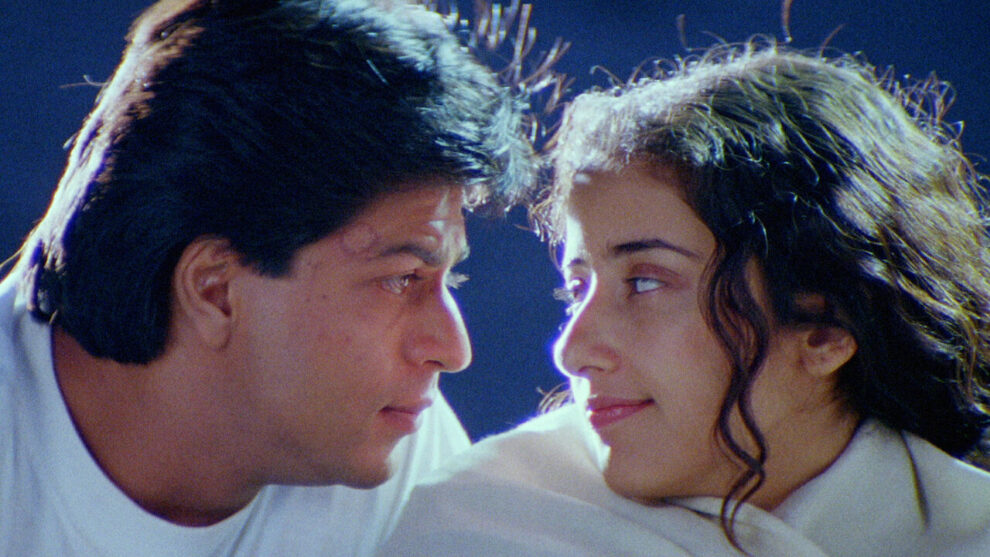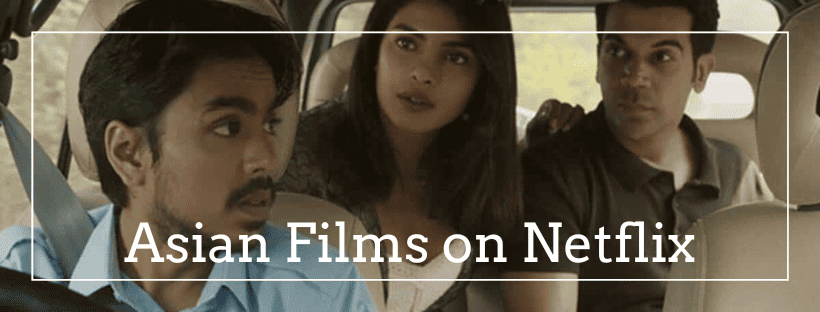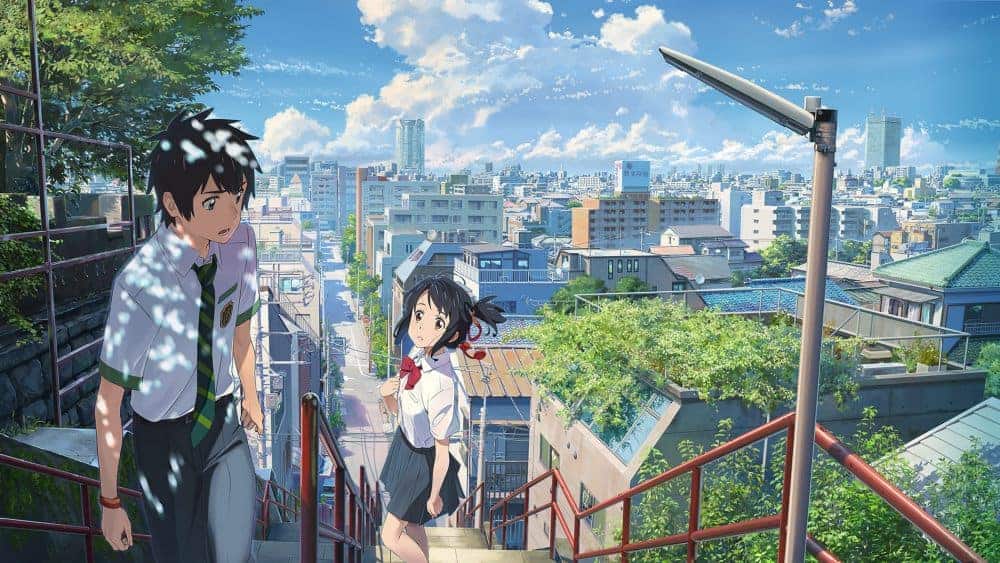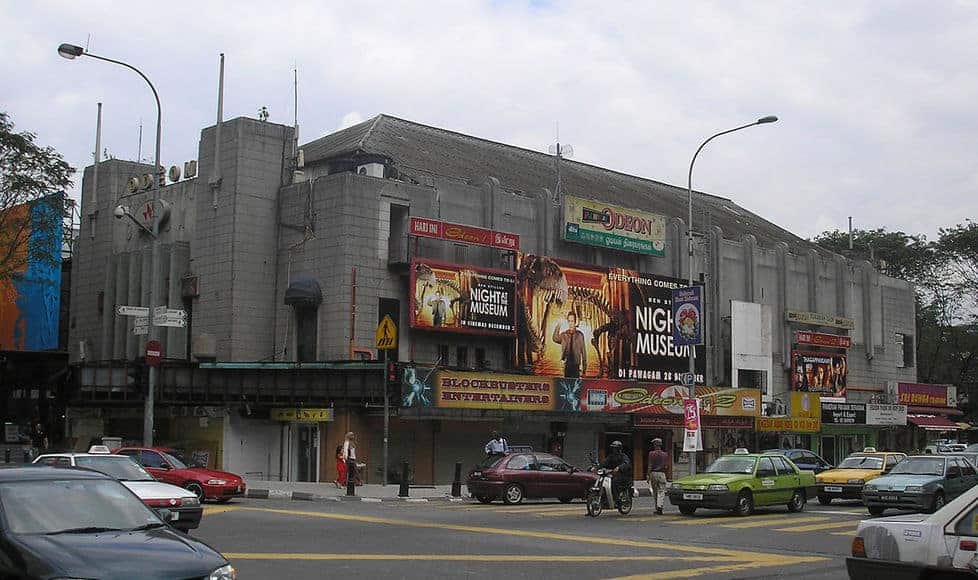Set against the backdrop of Insurgency in Assam, “Dil Se” is one of the renowned examples of parallel cinema and also the final installment in Ratnam's trilogy consisting of “Roja” (1992) and “Bombay” (1995). The film was moderately successful at the domestic box office; however, it was a major success overseas, earning $975,000 in the United States and £537,930 in the United Kingdom becoming the first Indian film to enter the top 10 in the latter's box office charts and it was also a hit in Japan.
Amarkant Varma is a program executive for All India Radio, dispatched from New Delhi to cover festivities in Assam. On his way there, he stumbles upon a very beautiful woman while stranded in a train station, who turns down his advances, however. Nevertheless, Amar becomes infatuated with her, and when he meets her once more in Silchar, he tries everything in his power to make her like him. Unfortunately for him, when some locals who tell him they are her brothers learn of his behavior, they beat him severely, although not even that deters him. At the same time, for his assignment in the area, for the occasion of fifty years of Indian Independence, Amar interviews many Assamese citizens, and an extremist chief, who blames the Indian Government for human rights violations and poverty in the region.
Eventually he manages to make some progress with the girl, particularly after a common trip in a bus after a suicide bombing, but during the travel, Meghna, as is her name, disappears. A heartbroken Amar returns to his home in Delhi where his family introduces him to Preeti Nair from Kerala as a potential bride for him, with the two soon finding common ground and deciding to move on with the whole thing. To his surprise, though, Meghna reappears at his engagement party.
First things first. The movie essentially begins with a dancing movie scene on top of a train, which is one of the most iconic of all times, as it combines great music, dancing, outstanding shooting throughout the trip of the train, and most of all, an almost total lack for the safety of the actors participating (not the protagonists, which include Malaika Arora apart from Shah Rukh Khan), which is essentially what makes it so impressive, in a sequence that would be impossible to shoot nowadays. I will let the video speak for itself though.
Furthermore, the romantic part of the movie (and despite the fact that, as Joanna Konczak informed me, “it is a reference to the stages of love from Urdu poetry – intoxicating and driving to the verge of obsession”) is quite annoying, since Amar's behavior is essentially hardcore stalking, and the fact that the girl actually falls for it eventually, even more annoying. Basically, it is another part of the movie that could not have been shot today, although in completely different terms than the aforementioned scenes. The second romance, with Preeti, is somewhat better, but the cheesiness is still evident, while the fact that the two of them take up the larger part of the movie, is quite annoying, considering the quality of the second narrative axis here.
And what is that? The intense sociopolitical comment that focuses on the issues the Assamese face due to the central government's attitude towards them, which led to a series of separatist movements and intense violence which still continues today, actually. In that fashion, when the true role of Meghna and her “brothers” is revealed, the movie definitely picks up, with the aspect thankfully continuing throughout its duration, until its very end. Apart from the mention of the issue, Ratnam also comments on the ways violence and particularly terrorism is created, with the scene where Meghna explains the concept of children with weapons being particularly shocking, as much as realistic. In that fashion, the critique of the authorities is quite intense, and is also carried throughout the film, with the fact that Amar is a journalist also making a comment about the press and its role. Lastly, how love suffocates in such a setting, only to triumph in the most dramatic way, concludes the commentary here, in an aspect that is hyperbolic and cheesy, but also fitting for what is, essentially, a love story.
Manisha Koirala is outstanding in the role of Meghna, with her inner struggle regarding her feelings and her duty, and the consequences of the pressure she feels from every side being impressively portrayed throughout the movie. Shah Rukh Khan gives another bigger than life performance, which highlights his charisma, and his abilities in dancing, singing and action scenes, but not so much in acting, which is quite excessive most of the time, in genuine masala terms. His chemistry with Koirala, however, is great, with the same applying to Preity Zinta's Preeti, although in more grounded, romantic terms.
Where the movie truly thrives, however, apart from the aforementioned context, is its production values. Starting with the initial scene in the train, the set pieces here are all outstandingly shot, showcasing the impressive work of Santosh Sivan in the cinematography, which captures the many locations the story takes place in, in the most elaborate fashion. Furthermore, the action is equally well choreographed and directed, with the one-on-one fights of Amar being among the most memorable scenes in the movie, also showcasing Khan's prowess in the particular aspect. Suresh Urs's editing finds its apogee in these scenes, which are quite faster than the overall, relatively fast tempo of the movie, although, once more in Hindi cinema, the title suffers of an excessive duration at 167 minutes, which is mostly attributed to the need to fit in as many dance and singing sequences as possible.
“Dil Se” is definitely on a lower level than “Bombay”, but when it moves away from the masala elements, and particularly the toxic romance, it is equally masterful, in a movie that definitely deserves a watch for its production values and sociopolitical context.
















